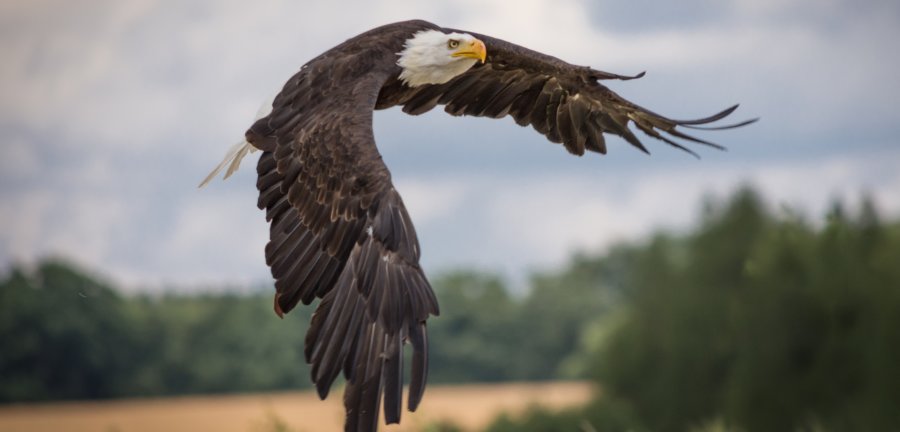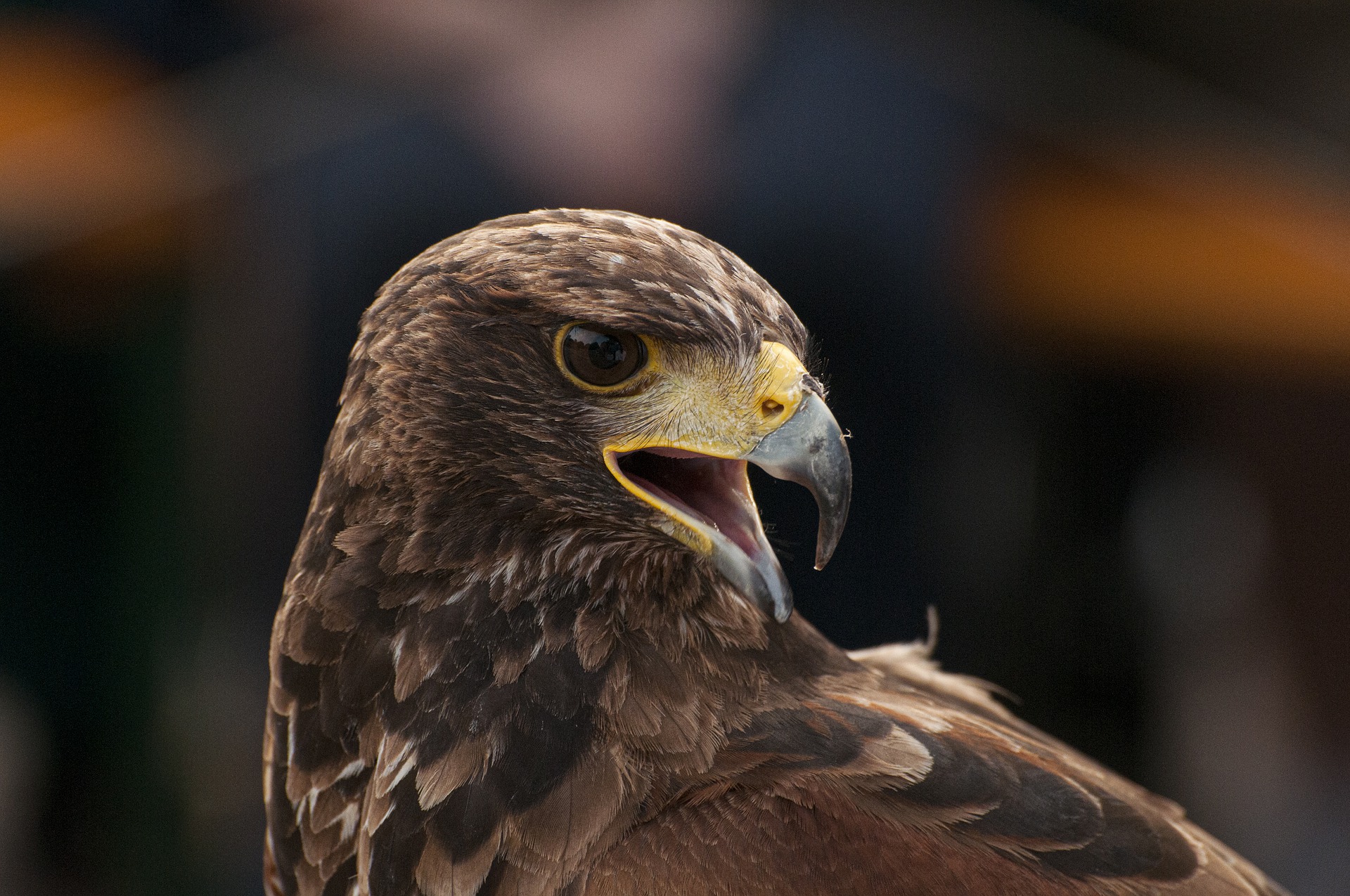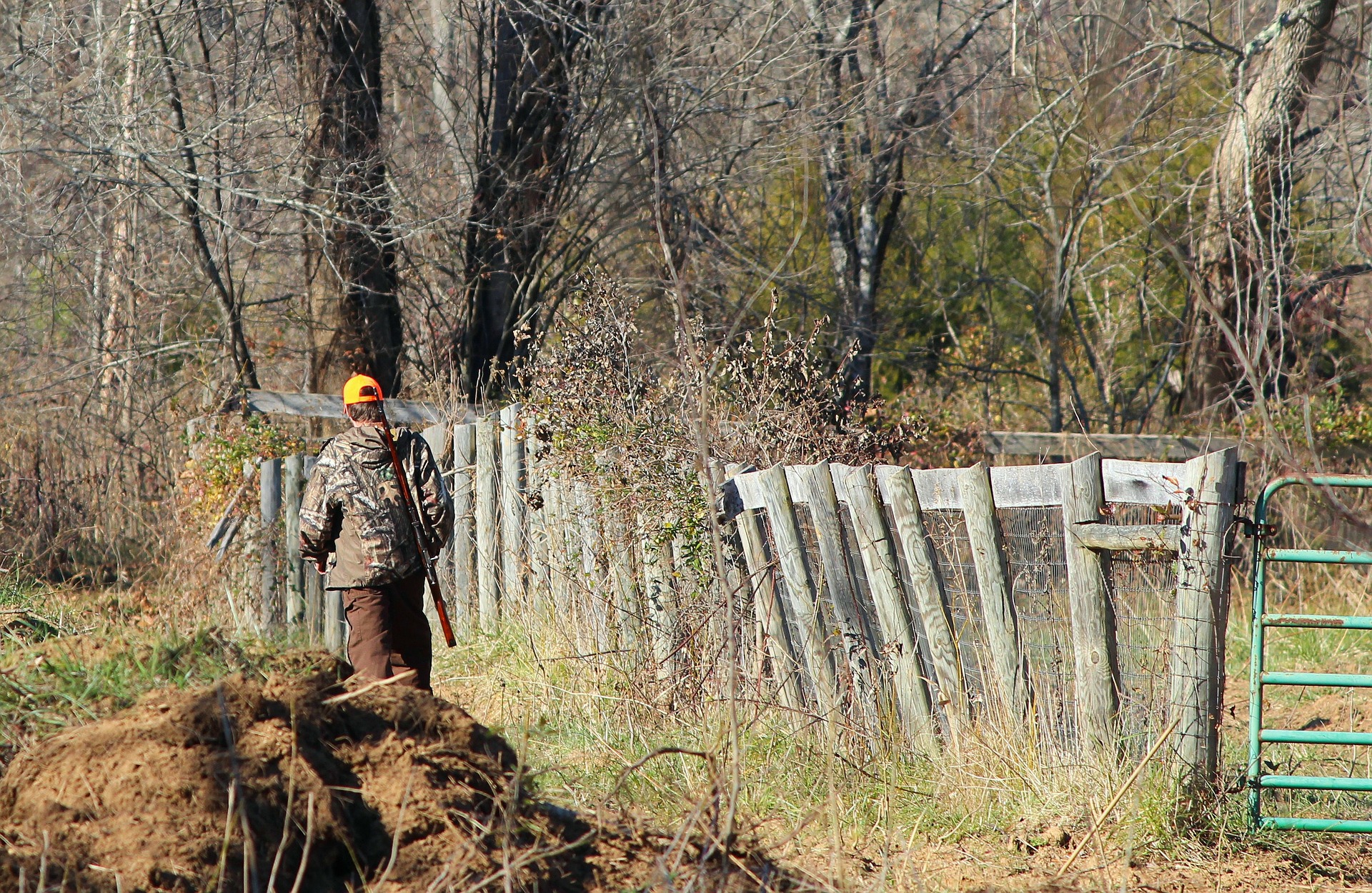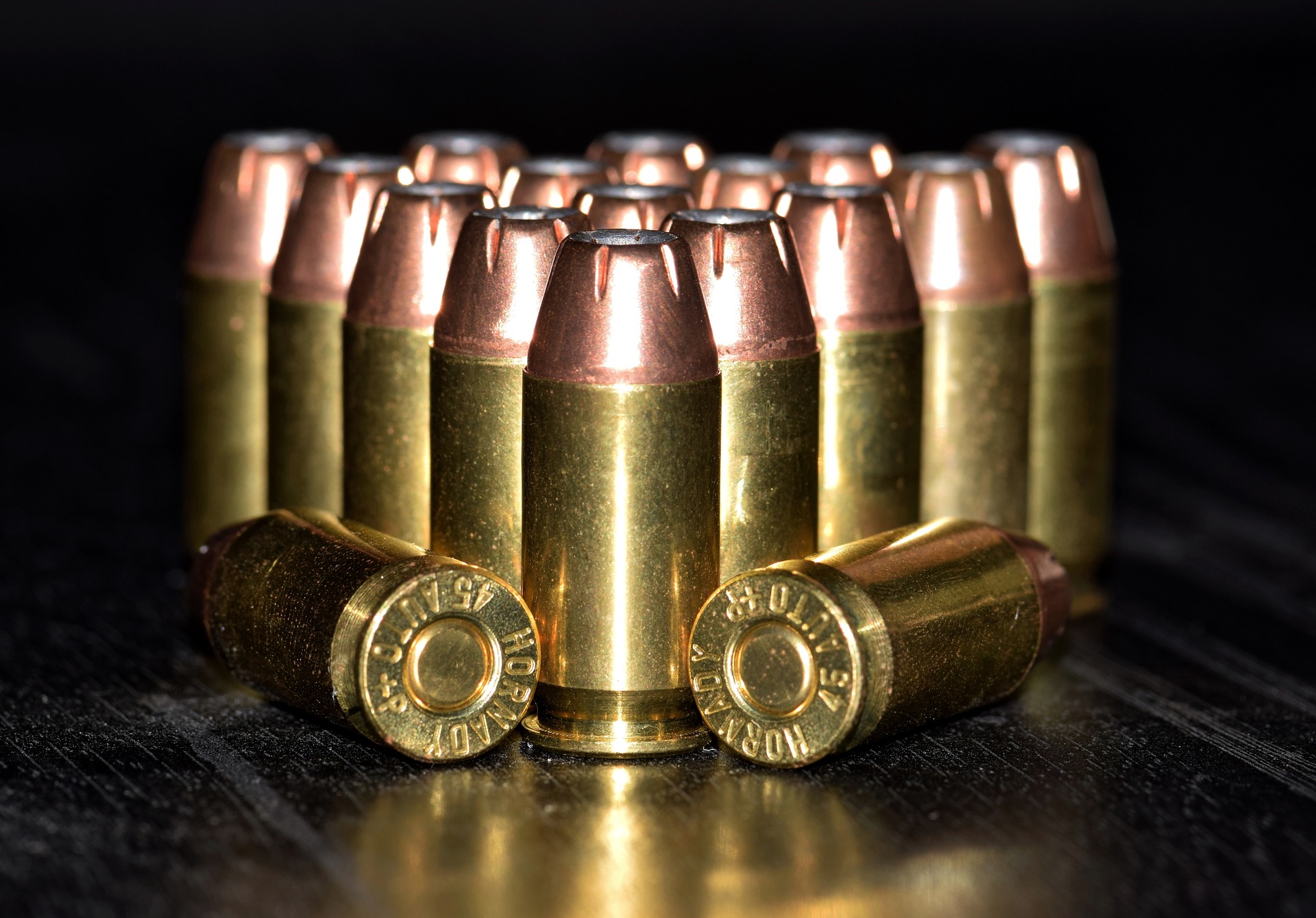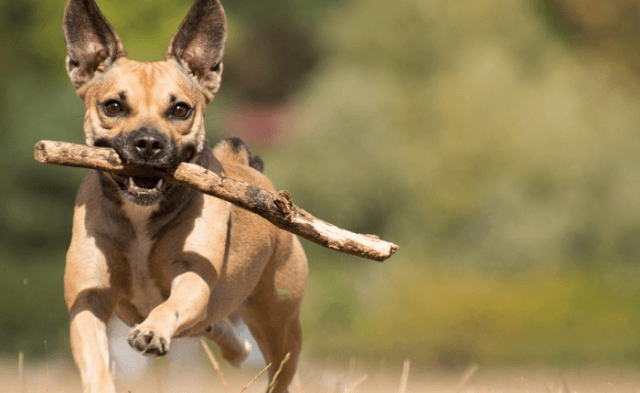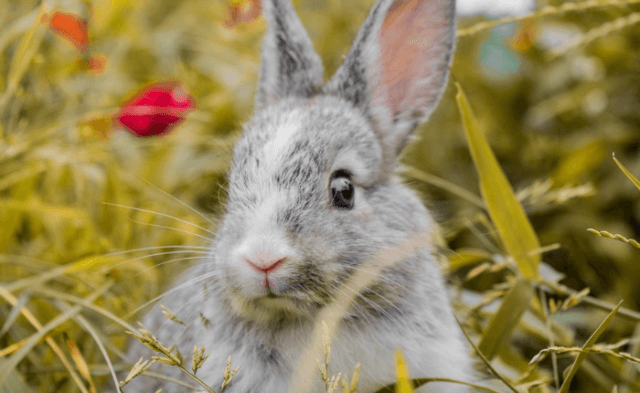We were just heading out for a walk when a woman across the street, who was keeping her little pup close, pointed to a house a few doors down and called out, “Watch your dogs! There’s an eagle on the roof!”
In a cluster of single-family homes barely a mile from the interstate and within shouting distance of a shopping hub?
But she was right. A moment later, this magnificent bird swooped around the corner and, holding steady at 30 feet, flew off to wherever he damn well wanted.
Which is how it should be. Other eagles, though, aren’t so lucky.
This month, the emaciated body of a juvenile bald eagle was found in Wyoming’s Glacier National Park—her gallbladder was distended and filled with viscous, green bile, which is typical in cases of lead poisoning. Her death wasn’t an anomaly. The body of a 5-year-old golden eagle who lived in Yellowstone National Park and had been a favorite among birdwatchers was also found, this past December.
Eagles were poisoned at alarming rates last year, and their deaths weren’t aberrations, either. Wildlife officials from Oregon and Minnesota to New York, Virginia and Pennsylvania, where at least five eagles died during a two-week span, raised red flags in 2017.
Their deaths were protracted and agonizing. Paralysis, blindness, brain damage and organ failure are common in eagles dying from lead poisoning. They have difficulty standing up and lose their appetite—one bald eagle lying by the side of the road in Iowa weighed less than 8 pounds.
Most of them were killed by hunters.
The eagles weren’t blasted out of the sky; they died because hunters load up on cheap lead bullets and buckshot when they masquerade as sportspeople. The birds ingest the lead when they feed on the animals gunned down and abandoned by the hunters or on the “gut piles” left behind after the carcasses of deer, bears and other victims of their bloodlust have been butchered.
A sliver of lead the size of a grain of rice can kill a bald eagle within three days. Hunters fire off an estimated 3,000 tons every year in pursuit of their blood sport. Another 80,000 tons are used at shooting ranges. Meanwhile, anglers pollute ponds and streams with some 4,000 tons of lead lures and sinkers.
The death toll is staggering: Lead poisoning kills as many as 20 million birds and other animals each year.
Some states and environmental organizations have called for the use of copper and other lead-free ammunition, but that doesn’t begin to address the broader issue: It doesn’t matter what kind of ammunition hunters use; their bloody, senseless pastime always leads to suffering and death.
Hunters disrupt hibernation and migration patterns, destroy animal families (bald eagle couples build their nests together and stay with each other until one mate dies), and leave countless animals to endure a slow, agonizing death after they’re mangled by bullets or arrows.
Given their undeniable complicity in the gut-wrenching deaths of one of America’s most cherished icons—not to mention the other blood on their hands—you’d think that some hunters would consider dropping their blinders.
But not if a newspaper columnist in Cody, Wyoming, is any indication.
Responding to a letter about the young eagle whose wasted body was found in Glacier National Park, he argued that her gruesome death was probably an anomaly and then added (I’m paraphrasing here): Anyway, so what? Eagles aren’t protected under the Endangered Species Act.
You like to avoid painting with too broad a brush, but the spike in cases of lead poisoning and the number of eagles who died just because of hunters’ unquenchable bloodlust attest to another indisputable truth: Hunters’ apathy isn’t an anomaly.

